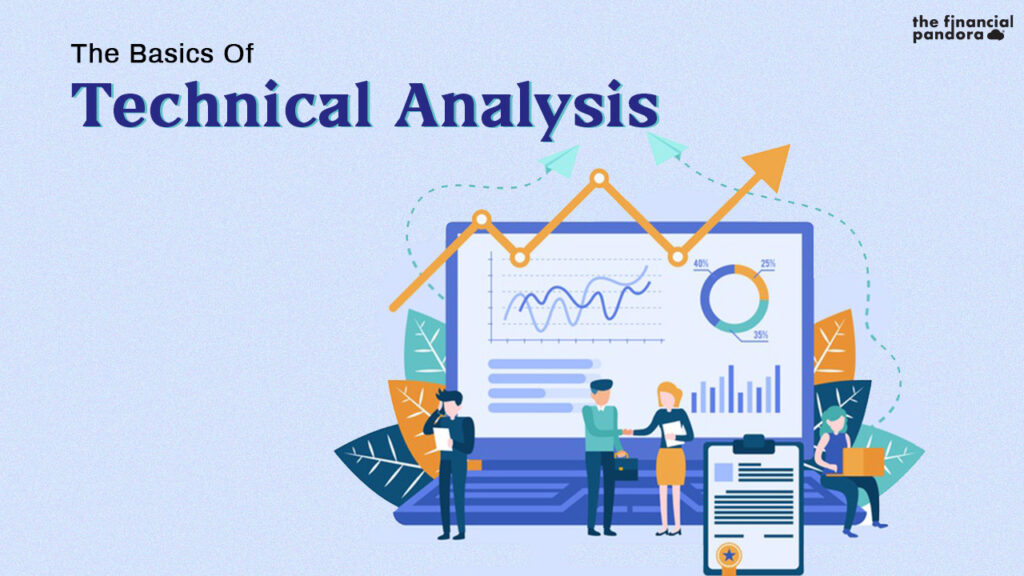We are all guided by an invisible hand that is deeply embedded in our minds and systems; it is so intuitive that we do not even realize most of the time. This same invisible hand that regulates our day-to-day decisions on how much to buy from the supermarket to the decision-making at a macro-level for deciding the interest rates of an economy. We know this invisible hand as Demand and Supply, one of the most fundamental concepts of economics.
In financial markets, there are millions of investors, scratching their heads, that come together electronically to agree on a price. They all have their own perspectives and psychologies that determine their trades, which affect the price. Studying these price patterns and trends over time, studying these millions of investors and their decisions on just a chart, is called technical analysis, at its heart.
Some of the smartest people in the past few hundred years have tried to master and time the market and have failed miserably. It’s not a surprise that the world’s renowned analysts and even Nobel Prize laureates like Albert Einstein have tried and failed at market speculation. Granted, there have been many success stories along the way, but they are the exception, not the rule.
To have a good understanding of the principles behind technical analysis, I think it’s important to be clear about the philosophy and psychology behind the demand and supply dynamics that make technical analysis possible.


